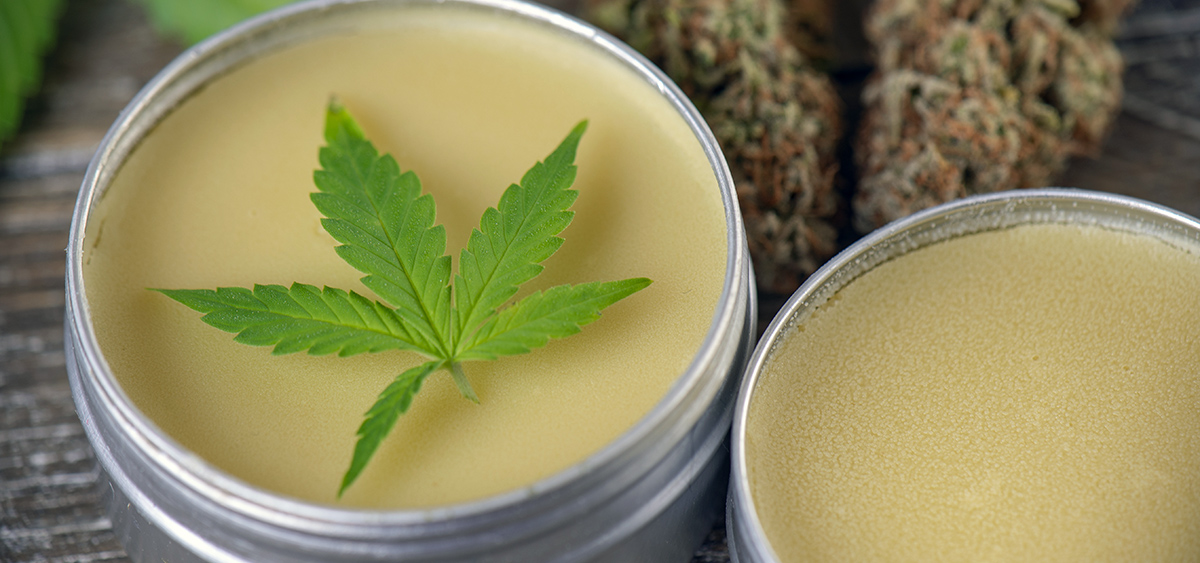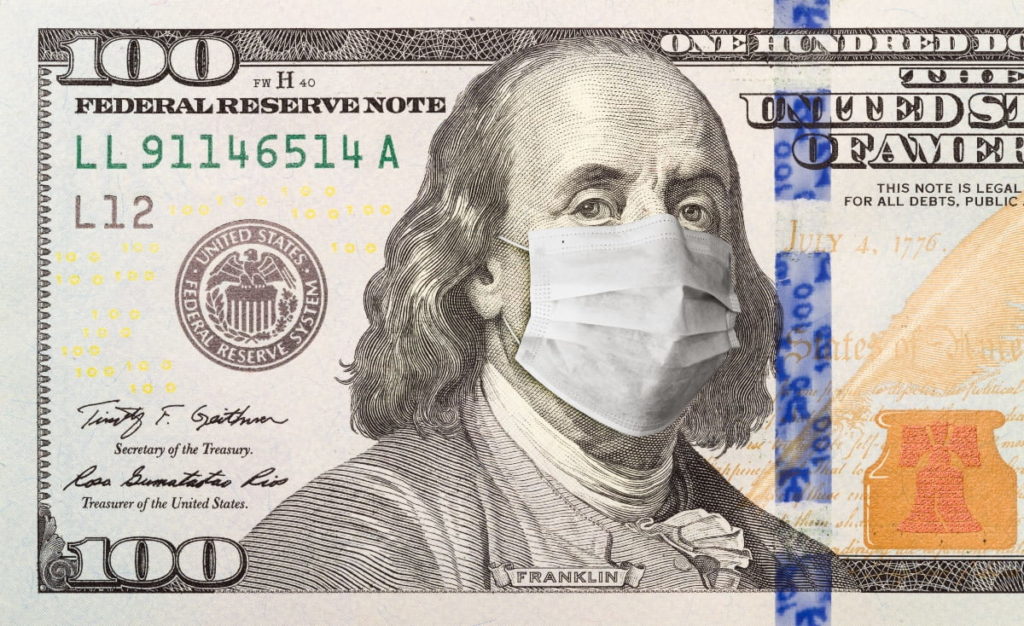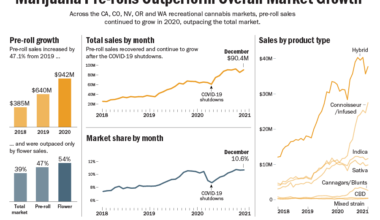Many cannabis aficionados largely ignored topicals for some time, opting instead for the edible and smokeable products on dispensary shelves. But times are changing — one Florida study actually found that cannabis patients who used the plant to mitigate pain most commonly used topical products. A surge of knowledge about the efficacy of cannabinoid-infused lotions and balms could be due in part to the proliferation of the CBD industry.
The first two products launched by most CBD companies are ingestible oil and a signature topical. This prevalence has created an average consumer that has much more experience with cannabinoid-infused topicals since the proliferation of hemp CBD products.
These hemp products include CBD with very low levels of THC and often no consideration for other cannabinoids. In adult-use markets, companies have been crafting products that not only include THC but contain specific ratios of THC to CBD. No one product will work the same for everyone, and that is because each person has a unique Endocannabinoid System (ECS). Various ratios of cannabinoids can bring balance to one’s ECS.
Topicals & the Endocannabinoid System
The ECS is endogenous to the human body and plays a role in maintaining homeostasis. This is why cannabis can provide relief from myriad conditions. Studies have shown that topical application of cannabinoids can be beneficial in treating wound pain, reducing wounds related to non-healing skin ulcers, and in overall relief from the rare blistering skin disorder epidermolysis bullosa, among other possible benefits.
Endocannabinoids and cannabinoid receptors exist all over the body including in the skin, muscles, brain, organs, tissues, and even immune cells. It is also this system that oversees autophagy, the body’s way of cleaning out damaged cells. This system of cell maintenance in the body has a deadly effect on cancer cells and malignant tumors and represents one example of how the ECS is responsible for maintaining homeostasis.
There are topicals available in 1:1, 5:1, and even 20:1 ratios available for patients — these numbers being the ratio of CBD to THC. So in a 1:1 product, there are equal parts of each cannabinoid. A 20:1 product will be infused with 20 times the CBD as compared to THC. These ratios work for different patients based on the endocannabinoid deficiencies they have. For a lot of people, it can take some time to find the right cannabinoid ratio for their own system.
After finding the right ratio for a specific need, however, consumers will also need to differentiate between a few product categories.
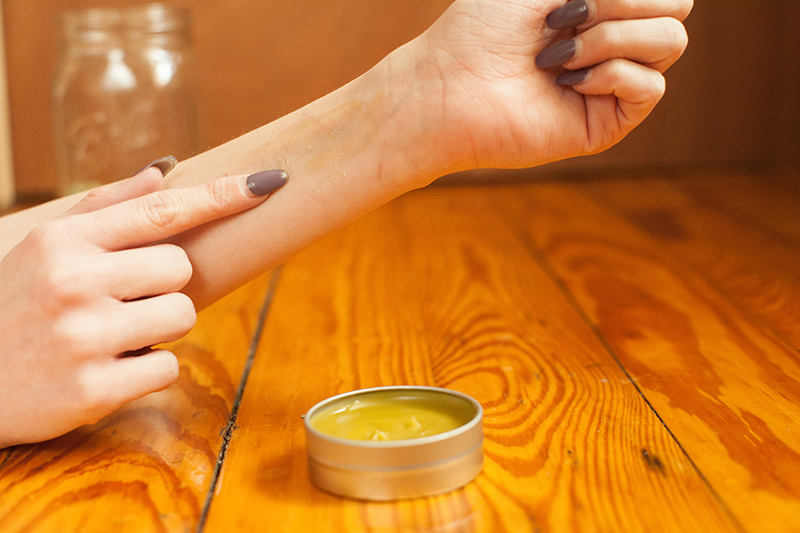
Targeted Pain Relief
These balms, salves, and creams come in many consistencies and are made using countless recipes. Topicals that are manufactured to provide targeted pain relief are often made of cannabinoids along with other herbs, roots, and medicinal plants.
Peppermint and mentholated herbs are very effective in targeted pain relief and as such is a common base topical for cannabis pain balms and salves. Lavender is also commonly seen in balms that are meant to promote relaxation, and arnica can also be seen in many pain-focused products. These types of cannabis topicals are often salves or balm to make it easier to apply to one specific area. Some brands will even put this category of topical in a container like the packaging that chapstick comes in, so that the balm can be applied right into the affected area without wasting any product on application.
CBD Beauty Products
The beauty industry is known to quickly jump on trends, and CBD and cannabis-infused beauty products are the latest crazes to hit the beauty industry. Companies at every price point are adding hemp and cannabis oils into chapstick, lotion, bath bombs, shampoo, and even mascara. For skincare products, it can be assumed that adding cannabinoids may reduce inflammation which can help reduce skin irritation, discoloration, and acne. Lotions and skin care products are often made in cream and lotion formulations so that they can be spread evenly throughout the skin.
Products made with hemp oil contain both essential fatty acids, linoleic acid and α-linoleic acid. These omega-3 and omega-6 fatty acids can help to nourish the natural barrier of the skin, promoting a youthful, lustrous glow. For hair care, both CBD and hemp products’ anti-inflammation properties can help to shrink follicles which can stimulate growth. The added benefit of fatty acids is a stronger, more nourished mane, and these are the same benefits listed in articles about CBD oil mascara.
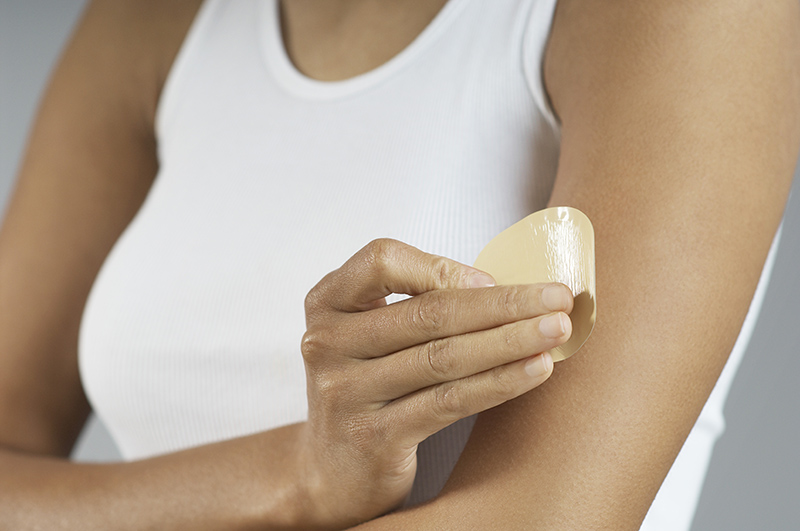
Transdermal Patches
For a long time, the topicals were touted as the way to use cannabis that wouldn’t cause a high, but that is no longer the case. In the last decade, transdermal technology has hit the industry, and some cannabis topicals are now formulated to penetrate the dermis mucosal membranes and reach the bloodstream. Topicals that can reach your bloodstream can be time-released which means they will provide relief for much longer than a lotion or salve but can take around two hours to kick in. Emulsifiers and special formulations are used to provide deep penetration in these products, and many chronic pain patients have found transdermal patches to be helpful. They’re available with full-spectrum cannabinoids and just pure CBD.
There are quite a few types of cannabis topicals and finding the right one for an individual can be a learning process. Understanding the differences in product categorization and having a rough idea of the cannabinoid ratios can set a first-time cannabis topical shopper up for success.
Medical Disclaimer:
The information provided in these blog posts is intended for general informational and educational purposes only. It is not a substitute for professional medical advice, diagnosis, or treatment. Always seek the advice of your physician or other qualified healthcare provider with any questions you may have regarding a medical condition. The use of any information provided in these blog posts is solely at your own risk. The authors and the website do not recommend or endorse any specific products, treatments, or procedures mentioned. Reliance on any information in these blog posts is solely at your own discretion.
